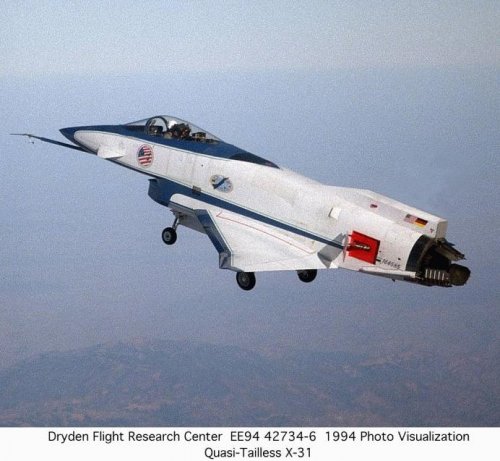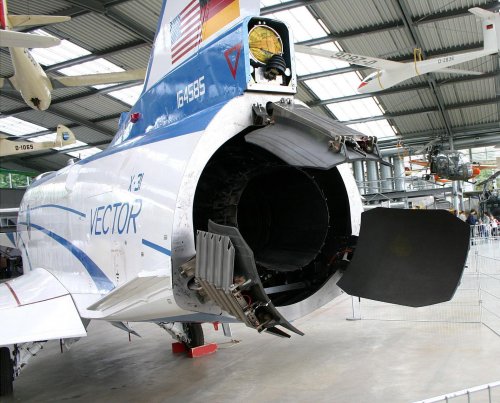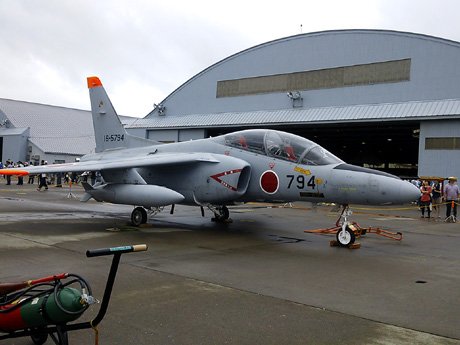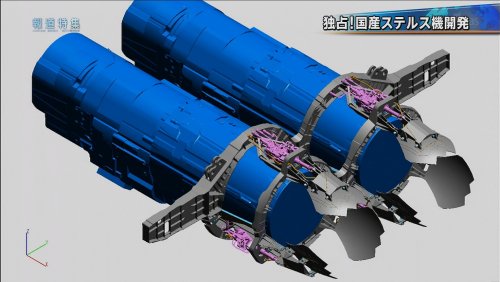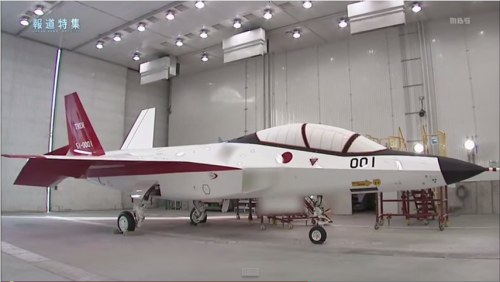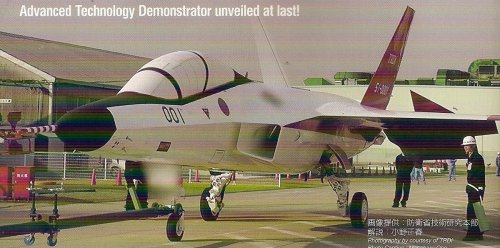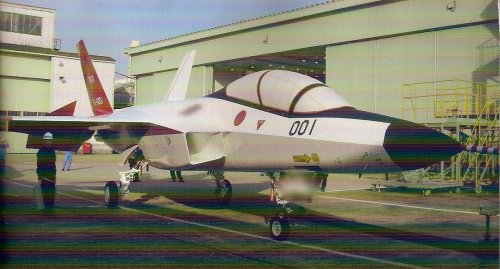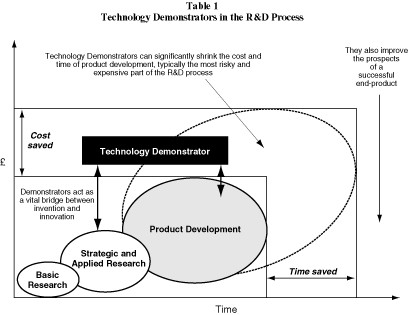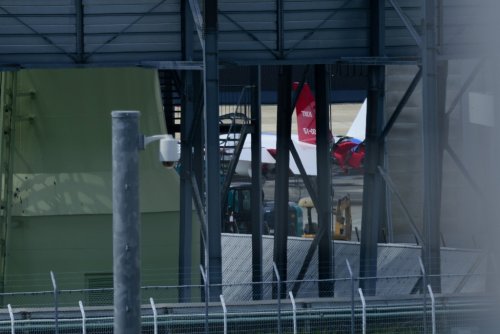Japan has rolled out its ATD-X Shinshin fighter technology demonstrator, is considering buying more Lockheed Martin F-35s and will decide within four years whether it will develop its next combat aircraft alone or with a foreign partner.
When the ATD-X was launched in 2007, Japan’s vision was to progress from its then-current fighter program, a heavily modified F-16, to independent development. Now, with a policy change allowing defense exports, the technology from the demonstrator may end up in aircraft that emerge from foreign production lines as well as from one in Japan.
The single ATD-X aircraft, about the size of a Saab Gripen, is undergoing ground tests, says the defense ministry’s Technical Research and Development Institute (TRDI), the sponsor of the program. TRDI is due to fly the ATD-X this year, beginning an evaluation program that will run until 2016. The aircraft has been built to demonstrate technologies—including stealth shaping, skin sensors and fly-by-light controls—that the ministry hopes to apply in its next fighter development program (AW&ST Aug. 6, 2007, p. 26).
Official photographs taken on May 8 show the ATD-X on the apron outside a factory building of airframe builder Mitsubishi Heavy Industries (MHI) at the Komaki South plant in Nagoya. The airframe underwent static testing last year. The ATD-X will be powered by two 11,000-lb.-thrust IHI XF5-1 -engines.
U.S. involvement in the program, probably peripheral, appears in TRDI’s budget statement for the fiscal year to March 31, 2014, which lists contracts signed with the U.S. Air Force in support of the program. One item, costing ¥114 million ($1.12 million), is for testing outside Japan. Another, for ¥760 million, is for unspecified training from the U.S. Air Force. Japanese authorities have not mentioned a plan to fly the ATD-X outside Japan. The U.S. clearly has refused to supply stealth technology for the ATD-X, since Japan sent a radar model of the intended design to France in 2005 for evaluation.
One function of the ATD-X is to serve as a radar target, supporting development of counter-stealth technology, because, TRDI has said, stealth aircraft are hard to simulate. In 2008, it hoped to use the ATD-X to validate the abilities of the FPS-5 radar, E-767 AWACS and Airboss infra-red turret to detect stealth aircraft. Six years later, it would not be surprising if other sensors have been added to the list.
The design features radar-absorbent paint and sheet on the leading edges of the wing, bulkhead behind the radome, lower sides of the forward fuselage and in the inlet ducts. One issue should be to ensure that the material applied to the ducts does not peel off and foul the engines.
Despite the curves of the ATD-X’s inlet ducts—the engine faces which are strong reflectors of radio energy—are visible outside through a small range of angles; the aircraft should be far more detectable at those angles. The solution was to develop a radar blocker, a set of radial vanes or battles that obstructs radio energy in inlet ducts while hopefully not interfering much with air flow. A published diagram of the radar-absorbing material appears to indicate it fitted.
The designers do not appear to have paid much attention to rearward radar reflections, probably because developing a thrust-vectoring nozzle for the XF5-1, another feature the aircraft is intended to demonstrate, was a big enough challenge even without making it stealthy.
Development of the ATD-X began in 2000, according to TBS Television, but the government did not approve building and flying the aircraft until 2007, when the U.S. refused to supply the Lockheed Martin F-22. XF5-1 development began in 1995. The engine, a low-bypass relative of the XF7 turbofan of the Kawasaki Heavy Industries P-1 maritime aircraft, is intended to support future development work.
A British parliamentary committee reported in 2002 that spending on such technology demonstrators could save five times as much in the follow-on acquisition program. Typically, the demonstrator accounted for a 10th of the full program cost.
The ATD-X appears to be costing ¥77.1 billion, including airframe and engine development and manufacturing, plus the flight-test program. Engine development cost ¥14.7 billion, basic design of the stealth configuration with thrust-vectoring control ¥13.4 billion and system integration ¥7 billion. TRDI spent ¥2.7 billion researching airframe structure suitable for the skin sensor. Manufacturing and flight testing is budgeted at ¥39.3 billion, but spending of ¥22.5 billion under that heading last year alone suggests that that figure will be exceeded.
Even so, Japan appears to be spending much less than half of the present-day value of what Britain and partners spent on airframe and engine technology demonstrator programs that preceded the Eurofighter Typhoon. Admittedly, those 1980s efforts resulted in full-scale equipment, whereas the ATD-X is probably half as big as the fighter for which it is laying groundwork.
That next aircraft is provisionally called the F-3. The defense ministry planned to launch the program in 2016 or 2017, with a prototype flying in 2024-25 and series production from 2027, according to an official document seen by Aviation Week two years ago (AW&ST Oct. 22, 2012, p. 24). But even at that time there was good reason to think Japan would instead seek co-development with the U.S., especially since the U.S. Air Force planned to bring its next tactical aircraft into service around 2030.
Now Defense Minister Itsunori -Onodera says Japan will decide by 2018 whether to develop its own fighter or cooperate with another country. That happens to be the same year in which the U.S. Air Force has proposed to begin an acquisition program for its next fighter. Onodera’s policy accompanied the much-heralded formal relaxation in April of Japan’s arms export rules, which now permit sales of equipment to partners in joint programs.
Technologies in the ATD-X are not considered enough for the F-3, so another research effort, called the i3 Fighter, is underway. It includes work on slimmer engines for supersonic cruise, cockpit shielding against radio waves, metamaterials for controlling radio waves passing through the radome, data integration aimed mainly at dealing with stealthy targets, and cooperative use of sensors and weapons by several aircraft flying together. Some of that technology—especially the proposed 33,000-lb.-thrust IHI engine—would be useful mainly to give Japan the option of developing its own fighter, for which TRDI has prepared concept designs. Others could be offered to the U.S. or another partner as the key Japanese contributions to a joint program.
Before such an aircraft is delivered, Japan will need more fighters than the 42 F-35s that in late 2011 it decided to order as replacements for more than 70 F-4EJ Kai and RF-4E fighters built mostly in the 1970s. Of 201 F-15J and F-15DJ fighters in the inventory, only 88 are to be upgraded with a more reliable radar and Mitsubishi Electric AAM-4B air-to-air missiles. The unmodernized aircraft are therefore candidates for replacement in the next decade.
But Lockheed Martin may receive an order for a few more F-35s before that issue arises. After a visit to the F-35 factory on July 8, Onodera said Japan should consider buying more F-35s if the cost of the aircraft falls. The Jiji news agency quotes unnamed defense officials who go further, saying that the ministry will watch price movements and see whether they can add several F-35s to the existing plan—evidently, the F-4 replacement plan, the F-X program.
It is not clear whether Onodera meant that if the 42 F-35s turn out to be cheaper than expected, then Japan may increase its order to fully use its budget allocation, or if he meant that a fall in price as F-35 production proceeds could induce Japan to spend more. Tokyo is buying F-35s under the Foreign Military Sales program, so it pays the same price as the U.S., plus an administration fee.
Tension with China over the Senkaku or Diaoyu islands must be encouraging the minister to consider boosting the fighter force. Last October, he seemed to entertain a suggestion for more F-15 upgrades. A member of the Diet, citing gloomy results of simulated air combat over the islands, called for 99 more to be modernized. Onodera replied: “That is a good point. Our ministry is doing a capability assessment. We are now introducing the F-35A and studying upgrades to the F-2.”
The F-2, an extensively modified F-16 that MHI built until 2011, should leave service around 2035, according to TBS Television. The type is already receiving a sophisticated modernization (AW&ST Feb. 27, 2012, p. 27). Upgrades to 76 of the 92 in service have been ordered, including 12 this financial year.

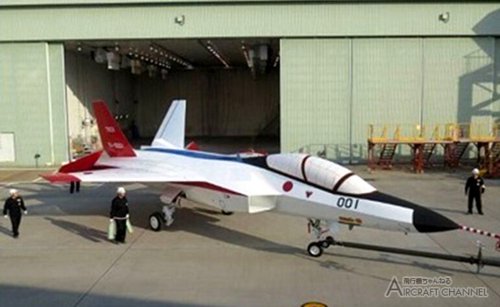
![ministry of defence of Japan's image for F-3[1].gif](/data/attachments/98/98698-d2080fb6a483bc55ccab95cfbf98439f.jpg)
